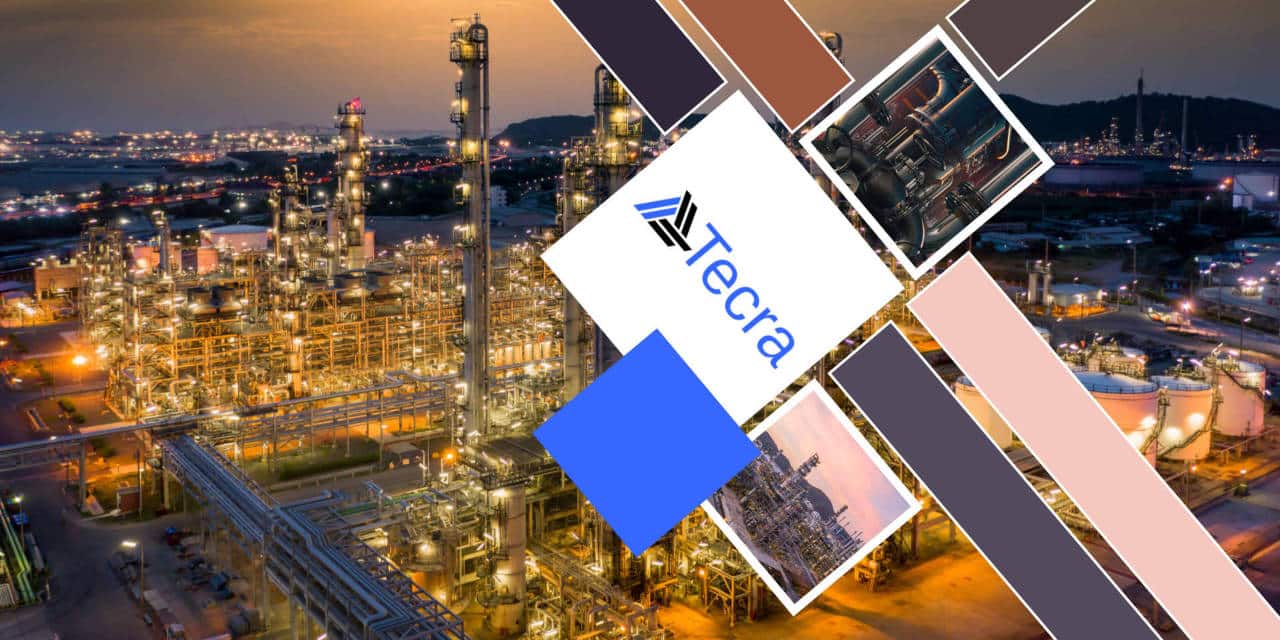Heat exchangers tubes are essential components in several industries such oil&gas, petrochemical and energy. They are part of a system where thermal energy exchange among fluids occurs under different temperatures.
The choice of the proper tubes to be used for the realization of heat exchangers is extremely important since they must comply with strict standards to ensure high performance, thermal conductivity, durability and compliance with safety requirements.
Different kinds of heat exchangers
There are different kinds of heat exchangers depending on the type of plant which they must be used in. The most common ones are:
- Shell and tube heat exchangers: consisting of a shell with tubes bundle inside. Tubes can be straight or bent (U shape). They withstand temperature and pressure extreme conditions and in high-risk corrosion environments. They are typically used for high flow systems.
- Applications: chemical, oil&gas, petrochemical plants, marine industry, refineries and food industry.
- Double pipe heat exchangers: consisting of two concentric pipes. They are more suitable for low flow systems and small plants.
- Applications: food industry since they are easy to clean thus, ensuring high hygiene standards; pharmaceutical plants, biotechnology industry and refineries.
- Spiral heat exchangers: consisting of spiral coils so that fluids can flow in different directions.
- Applications: they are suitable for wastewater treatment plants that could contain solid and viscous components avoiding blockage; chemical, petrochemical, food and beverage and energy industry.
- Plate heat exchangers: consisting of thin plates. Their main characteristic is their thermal efficiency.
- Applications: HVAC systems, food industry plants since they are easy to clean thus, ensuring high hygienic standards; chemical and pharmaceutical industry.
Materials
Materials usually used are stainless steel (304L and 316L) for its easy cleaning and together with other alloys (such as hastelloy and inconel) for corrosion resistance; carbon steel; nickel and nickel alloys that withstand high pressures and temperatures; titan which has got a higher resistance to corrosion thus being useful for high corrosive environments; copper and copper alloys especially selected in the refrigeration and air conditioning systems because they are the best thermal conductors and aluminium for its lightness and good thermal conductivity.
Market trends and future perspectives
Future scenarios show a constant evolution trend in heat exchangers market due to a growing demand of energy efficiency and sustainability besides the compliance with new related regulations and standards. The more frequent demand of energy consumption and emissions reduction, the transition towards renewable energy sources, the industrial processes optimization, the power infrastructure enhancement, especially in the oil&gas, petrochemical and energy fields, seem to lead to a higher demand of high efficiency heat exchangers and a consequent development of the related industry in different Countries worldwide.
Our tubes are available in different dimensions and materials such as stainless steel AISI 304/304L and 316/316L and special alloys ensuring the best performance in each application they are used.
Are you looking for tubes to realize your heat exchangers? Contact us!

